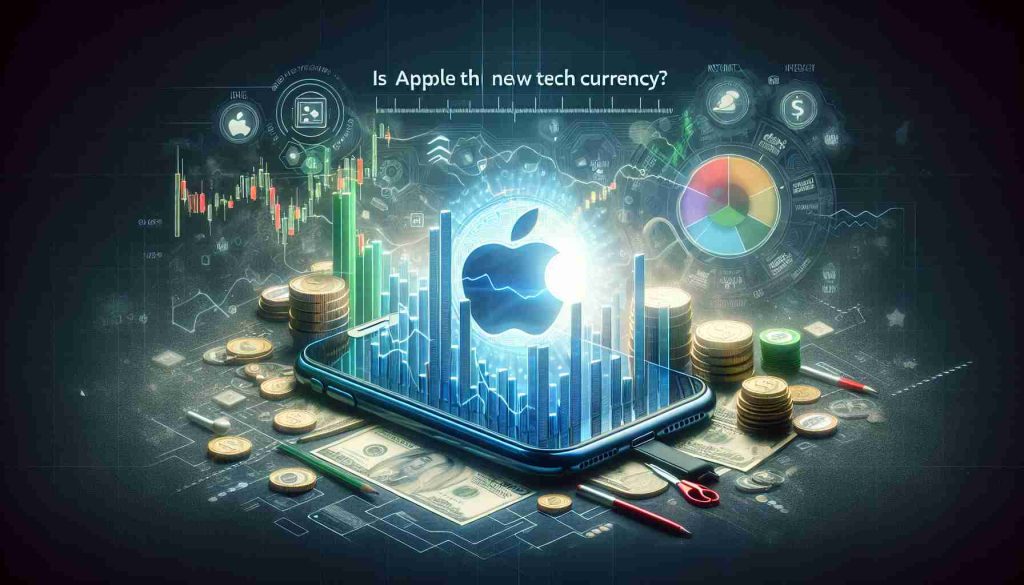Tech Surge
SoFi Technologies is capturing investor attention as its stock surges, gaining nearly 40% in November alone. This impressive uptick follows an already remarkable 99% increase over the last quarter, marking SoFi as a standout in the fintech sector.
Regulatory Winds and Market Dynamics
At a current price of $15.49 per share, SoFi is riding close to its yearly highs. Investors are optimistic due to the potential for reduced financial regulations should there be a shift in U.S. presidential leadership, alongside favorable moves by the Federal Reserve to decrease interest rates.
Innovative Financial Services
An innovator at heart, SoFi was established in 2011 at Stanford University and has since expanded to offer a range of financial products, including mortgages, personal loans, insurance, and banking services.
Recent endeavors include the introduction of a cutting-edge robo-adviser platform, heralded as a potential new growth engine. This technological advancement, delivering automated investment guidance, positions SoFi at the forefront of the fintech revolution.
Analyst Sentiments
SoFi’s promising trajectory is further bolstered by multiple analyst upgrades. Notably, Stephen Guilfoyle, a seasoned Wall Street expert, increased his SOFI stock price target significantly, signaling confidence in the company’s future.
Market Position
Despite recent gains, Wall Street remains cautious, with a consensus Hold rating for SoFi’s stock. This is derived from a mix of five Buy, seven Hold, and two Sell recommendations. The average price target suggests a possible price correction, highlighting risks alongside the optimism.
In conclusion, SoFi Technologies is making waves with its robust market performance and innovative offerings, though analysts advise potential investors to approach with careful deliberation.
Is SoFi’s Fintech Growth Too Good to Be True?
A Deeper Dive into the Fintech Revolution: SoFi’s Impact on Everyday Lives
As SoFi Technologies continues to capture the spotlight with its impressive stock performance, there are several aspects of its growth and operations that merit further exploration. How does this fintech giant’s rise influence ordinary people’s lives, communities, and global markets? Let’s delve into the pros and cons of SoFi’s expansion and uncover some intriguing facts and controversies surrounding this fintech sensation.
Unpacking SoFi’s Community Impact
SoFi, short for Social Finance, originally began with the goal of helping students pay off loans through community-based financial support. This mission has evolved over time, expanding to offer mortgages, personal loans, and banking services. As SoFi branches out, how does it affect individuals and communities at large?
– Advantages: By offering competitive interest rates and user-friendly digital platforms, SoFi provides more accessible financial services to people who might otherwise face hurdles at traditional banks. Its range of services simplifies money management, from saving for a home to investing for retirement, all in one app. For communities, SoFi’s online model reduces the need for physical bank branches, cutting down operational costs.
– Disadvantages: As with any digital service, there are concerns about data privacy and security. The reliance on technology also means that those without internet access or tech literacy may find themselves excluded. Additionally, concentrated market power in fewer hands could stifle competition, potentially leading to biases in service provision.
Fact or Fiction? The Controversies of an Aggressive Growth Strategy
Behind SoFi’s innovations lies an aggressive approach to expansion. Are there potential downsides to this rapid growth?
– Market Skepticism: Despite the stock surge, some analysts warn of overvaluation. This concern stems from aggressive marketing and speculation-driven investments that aren’t always anchored in tangible asset growth. Is the price truly reflective of intrinsic value, or are investors indulging in a tech bubble?
– Regulatory Scrutiny: With anticipated changes in financial regulations, SoFi may need to adapt rapidly. While deregulation could boost innovation, there’s a fear it might lead to less consumer protection. Looking overseas, global regulators might not match the U.S.’s laxer standards, complicating SoFi’s international ambitions.
Technology vs. Tradition: What’s Next for Banks?
: Will SoFi replace traditional banks?
While SoFi offers appealing alternatives, traditional banks possess deep-rooted customer loyalty and comprehensive service suites. The likely future involves coexistence, where SoFi and other fintech companies push banks to innovate, ultimately benefiting consumers. Moreover, banks often have vast networks and regulatory experience that are hard to replicate immediately.
Linking the Future
For those curious about SoFi’s role in Fintech or exploring financial technology as a whole, visit Sofi or explore Forbes for robust discussions on financial trends.
In summary, SoFi Technologies’ impressive growth journey brings significant implications for the finance world and society. Awareness of its potential benefits and risks can help stakeholders navigate the fintech landscape more wisely. As SoFi continues to innovate, it stands at a crossroads between being a disruptor or a potential risk, shaping the future financial pathways of people and communities worldwide.





















